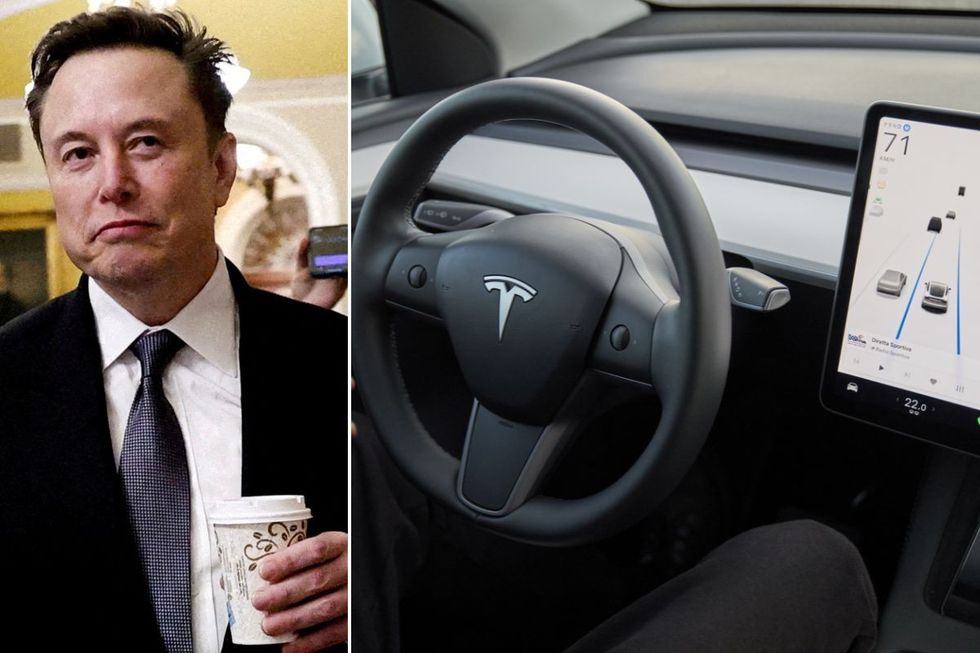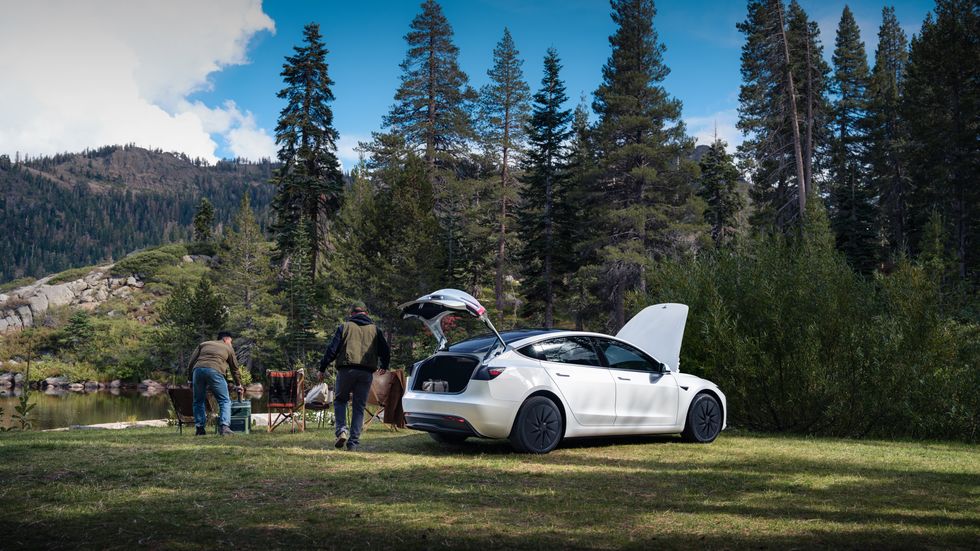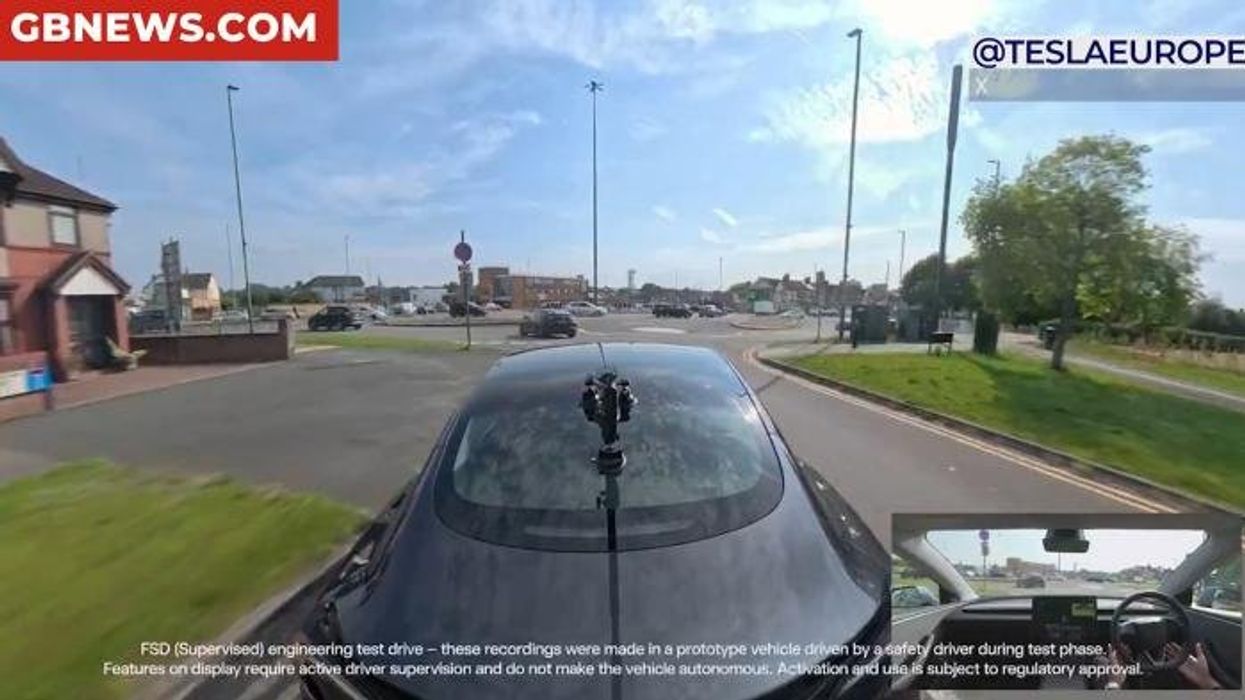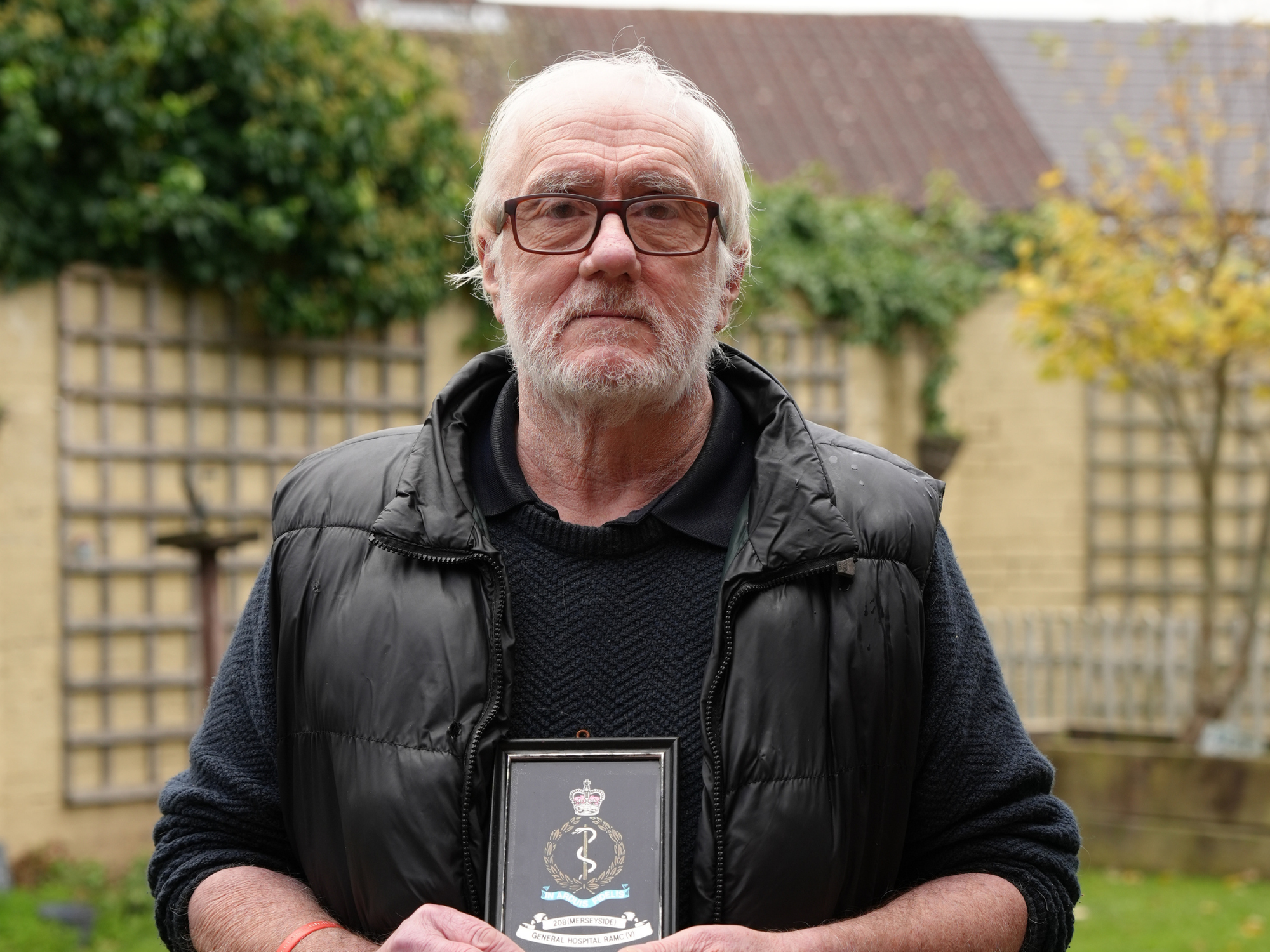Tesla investigated over fears self-driving cars travel in wrong direction and skip red lights

Almost 2.9 million Tesla electric vehicles are included in the investigation
Don't Miss
Most Read
Latest
The US vehicle safety regulator has launched an investigation into Tesla and its self-driving technology amid reports that some vehicles drove on the wrong side of the road.
In a new filing from the United States National Highway Traffic Safety Administration (NHTSA), an estimated 2.88 million vehicles are included in the investigation.
The investigation concerns all Tesla vehicles equipped with either the Supervised or Beta versions of its Full Self-Driving technology.
The NHTSA said it was aware of 58 incidents in total, which included 14 crashes or fires, 10 incidents in which an injury occurred and 23 injuries.
TRENDING
Stories
Videos
Your Say
As part of the probe, the Office of Defects Investigation (ODI) will look at the "scope, frequency, and potential safety consequences of FSD executing driving manoeuvres that constitute traffic safety violation".
Tesla's Full Self-Driving (FSD) feature is wildly popular among its North American users for aiding with typical driving techniques.
The Level 2 automation controls steering and acceleration, but requires drivers to remain fully responsible for the vehicle at all times.
The ODI's investigation will focus on whether certain driving inputs within the "control authority" of the FSD technology impact the driver's control of the vehicle.
READ MORE: Tesla launches new Model Y and Model 3 as Elon Musk scrambles to boost sales

Elon Musk's Tesla has come under investigation for its Full Self-Driving (FSD) technology
| REUTERS/GETTYIt noted that most concerning road events fell into two categories, with the first relating to the FSD taking the car through a red stop light.
Of these, 18 complaints and one media report that a Tesla vehicle with FSD engaged "failed to remain stopped for the duration of a red traffic signal, failed to stop fully, or failed to accurately detect and display the correct traffic signal state".
Other complaints claimed that the FSD technology did not provide warnings of the system's behaviour when approaching a red light.
The second scenario includes the FSD commanding a lane change into "an opposing lane of traffic", which led to 18 complaints and two media reports.
LATEST DEVELOPMENTS:
This was defined as the vehicle entering opposing lanes or traffic during or following a turn, crossing double-yellow lane markings while driving straight, or attempting to turn onto a road in the wrong direction, despite the road having wrong-way signs.
The investigation document adds: "ODI's review will assess whether there was prior warning or adequate time for the driver to respond to the unexpected behaviour or to safely supervise the automated driving task.
"This review will assess any warnings to the driver about the system's impending behaviour; the time given to drivers to respond; the capability of FSD to detect, display to the driver, and respond appropriately to traffic signals; and the capability of FSD to detect and respond to lane markings and wrong-way signage.
"NHTSA's review will also consider any updates or modifications to the system(s) that may affect the performance of FSD with respect to obeying traffic safety laws and signals."
 The new Tesla Model 3 will retail for $36,990 (£27,587) | TESLA
The new Tesla Model 3 will retail for $36,990 (£27,587) | TESLAIt comes just days after Tesla unveiled two new models to the American market in a bid to boost sales after the US government axed a popular electric car tax incentive.
The new standard Model 3 will retail for $36,990 (£27,736), with a top speed of 125mph, an estimated EPA battery range of 321 miles and a 0-60mph time of 5.8 seconds.
Meanwhile, the larger Model Y SUV will set drivers back $39,990 or £29,986, which comes equipped with the same 321-mile range as the Model 3.
The launch was met with mixed reviews from experts, with some noting that the "cheaper" models were more expensive than previous versions when the $7,500 (£5,623) tax credit was included.











